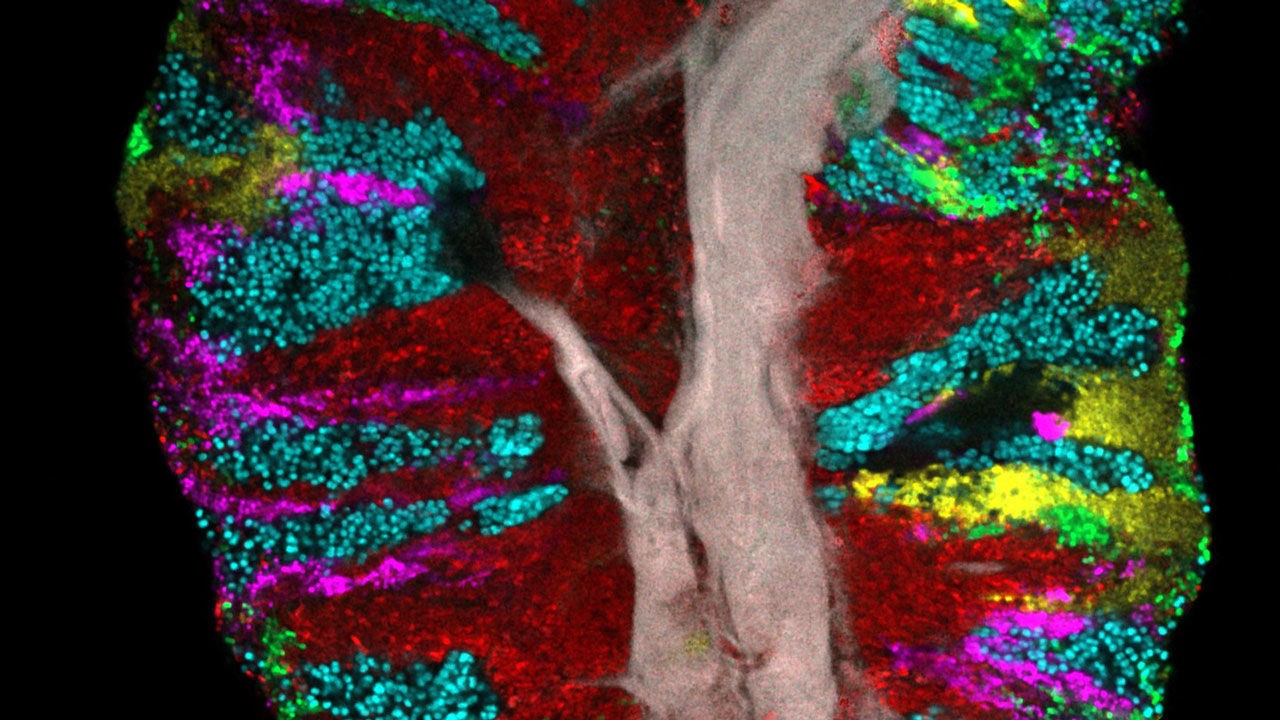Using a fluorescent imaging technique, American researchers were able to draw a high-resolution map of the microbial communities present on the human tongue.
Bacteria are everywhere:on door handles, computer keyboards, payment terminals, your phone... But don't forget the billions of microorganisms either. comfortably settled in your body. If we put aside the bacteria that inhabit our skin, note that most live mainly in our digestive system:in the esophagus, stomach, colon, but also in our mouth. It is this last little cocoon, hot and humid, that interests us today.
We knew that several bacterial species are used to frequenting our mouths, but their spatial organization was still very mysterious. At least until now. Thanks to an innovative fluorescent imaging technique recently developed by the Harvard School of Dental Medicine, researchers were able to isolate the different microbial communities on the tongue of 21 human subjects.
The researchers identified a total of 17 bacterial genera present in more than 80% of individuals . And as we can see, each bacterium takes great care to stay with other members of its species.
The image below shows us three of these groups (the most abundant). Actinomyces bacteria for example (in red), are those that develop near the epithelial tissue of the tongue (in gray). Rothia bacteria , visualized in sky blue, form large clusters between the other communities, when the streptococci , in green, prefer to gather on the edges of the tongue.

By studying these maps (there are several), researchers will be able to analyze how these colonies establish and develop over time. What better way to understand the role of these organisms in oral health, but not only.
For while it is now agreed that the gut microbiome can influence mood or various mental health issues, it would appear that disruption of the oral microbiome may indeed also play a role in several other conditions unrelated to our own oral environment.
A study published in June 2019 in Science Advances , for example, revealed to us that mice infected with P. gingivalis , a bacterium that causes gum disease, could develop proteins linked to Alzheimer's disease in their brains.
Another study, published a little earlier, had for its part suggested that the abundance of certain bacteria in the tongue microbiome could be associated with certain conditions, such as pancreatic cancer. The authors then concluded that monitoring the change in the oral microbiota could potentially lead to earlier diagnoses.
So in general, what goes into our mouths might be more important than it first appears. Hence the importance of this new study.
Source